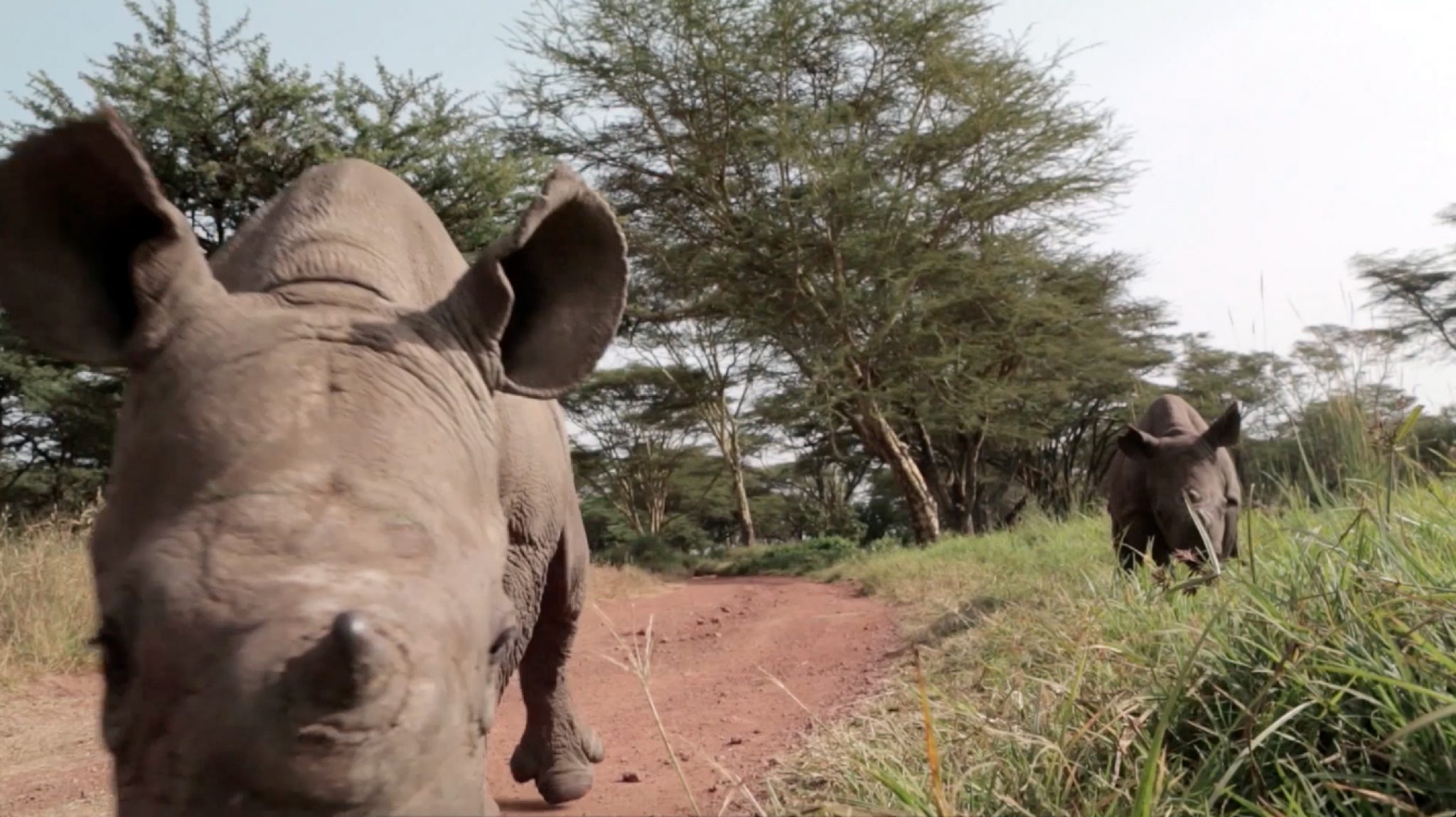Meet Hope and Nicky, two adorable baby black rhinos who love belly rubs, mud baths, and a good scratch behind the ears. They have a pretty good life, but these rhinos have a troubled history.
Hope was orphaned when poachers killed his mother. Nicky, who is blind, was rescued by rangers who feared he could not survive on his own in the wild. The two calves live at the Lewa Wildlife Conservancy in Kenya, which is home to more than 150 protected black and white rhinos.

The rhino populations in Africa and the rest of the world have been decimated by poachers who target the animals for their horns. Rhino horn can sell for more than gold in places like Vietnam and China, where it is sought after for its supposed healing powers and believed to be a status symbol.
Only about 27,000 rhinos remain in the wild. All 5 living species are on the IUCN Red List of Threatened Species, but some face greater challenges than others. For example, poachers have almost completely wiped out wild northern white rhinos in Africa, leaving just 3 remaining in captivity.

Thanks to the efforts of conservation groups like The Lewa Wildlife Conservancy, rhino numbers have been steadily rising over the last few decades. While the number of African black rhinos declined more than 97 percent from 70,000 animals to just over 2,000 between 1960 and 1995, there were almost 5,000 by 2010, according to the IUCN.
Southern white rhinos have also bounced back to about 20,000 in 2010 from less than 100 in the 1980s.
But all isn’t clear. Poachers in South Africa killed nearly three rhinos a day in 2016 and their methods are only getting more aggressive. Until the demand for rhino horn goes away, this terrible problem will persist.




